European Space Agency
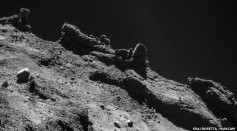
Comet 67P/Churyumov Gerasimenko Reveals Origins of Water May Not be From Comets

International Space Station Crewmembers Arrive, and Some Start With Tweets
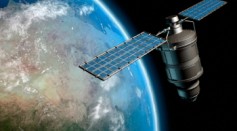
Should Mysterious Russian Satellite Be Cause for Concern?

Philae Lander Reveals Organic Molecules on Comet 67P
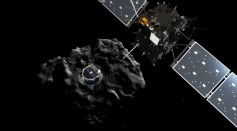
As Time Runs Out for Philae, ESA Gathers Data
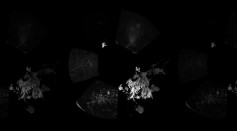
Philae Lander Takes a Nap, As ESA Fights Against the Clock

ESA Shows Ambition of Rosetta Mission—Sci Fi Film Reveals Importance of Mission

A Magnetic Topsy Turvy Earth—When North Becomes South
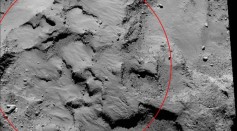
ESA Asks Public to Name Philae Landing Site of Comet 67P This November
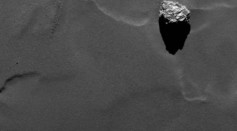
ESA Rosetta Spacecraft Is Showing Off Its ‘Cheops’
Most Popular

Earth's Magnetic Field Nearly Collapsed 600 Million Years Ago, Sparking Evolution of More Complex Life

Pharaoh's Curse Unlocked? Scientists Claim To Have Cracked the Mystery of What Killed Over 20 People Who Opened the Tomb of King Tut in 1922

Why Do People Sigh? Here's What These Deep Breaths Do to the Body and What They Could Mean

Florida Dolphin Diagnosed With 'Highly Pathogenic' Bird Flu; First Case of Spillover Into Cetacean


!['Cosmic Glitch' in Einstein's Theory of General Relativity Could Be Explained in This New Scientific Tweak [Study]](https://1721181113.rsc.cdn77.org/data/thumbs/full/53435/258/146/50/40/cosmic-glitch-in-einsteins-theory-of-general-relativity-could-be-explained-in-this-new-scientific-tweak-study.jpeg)



